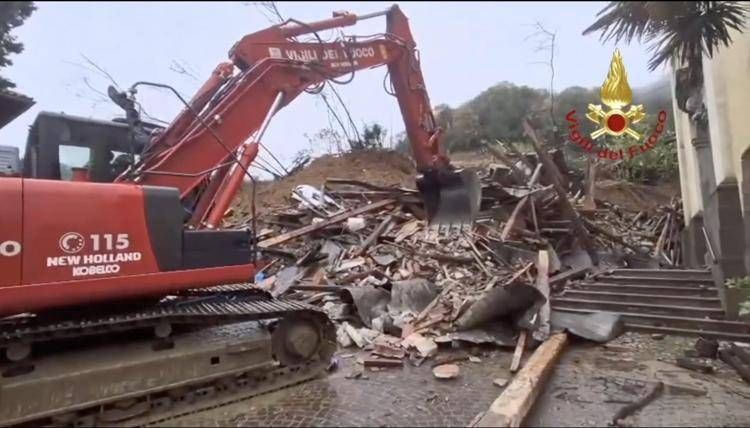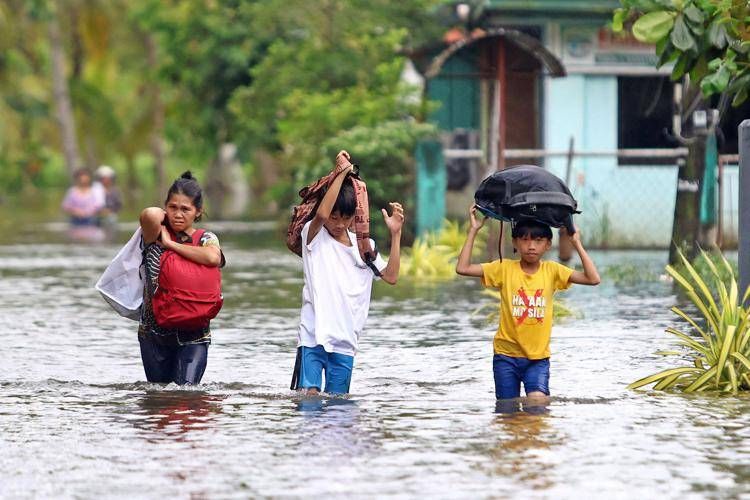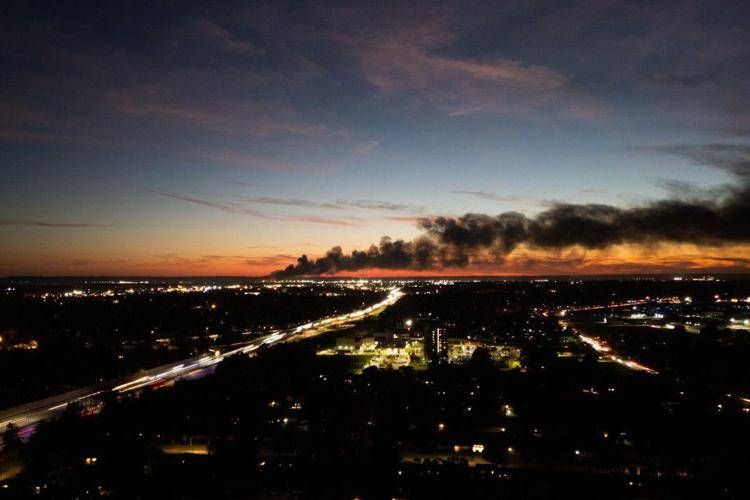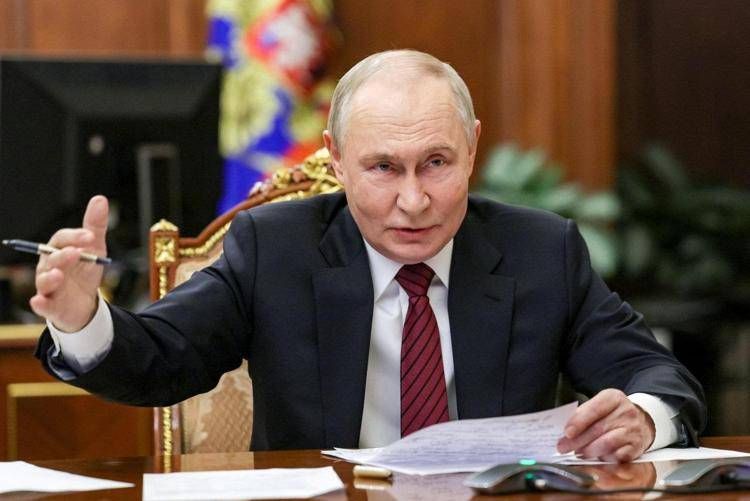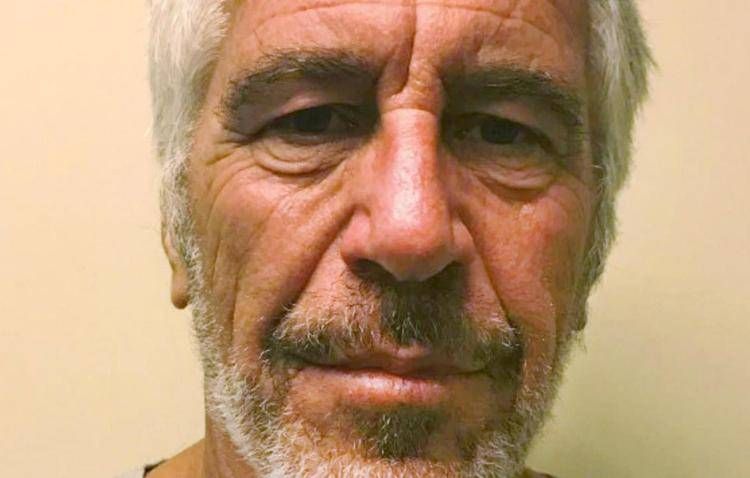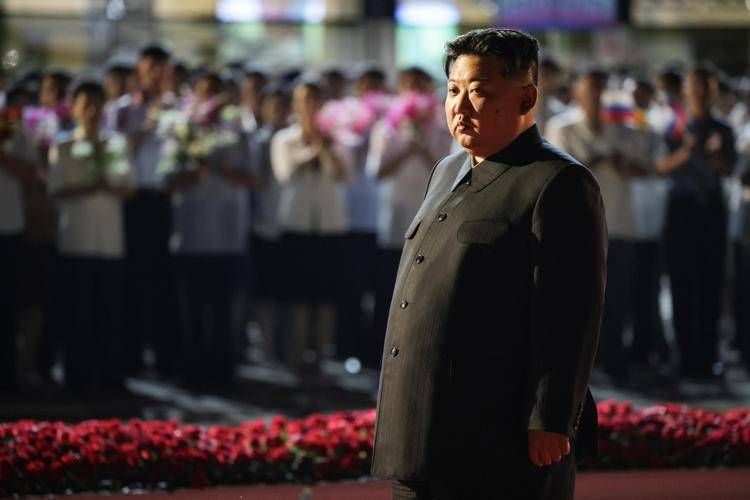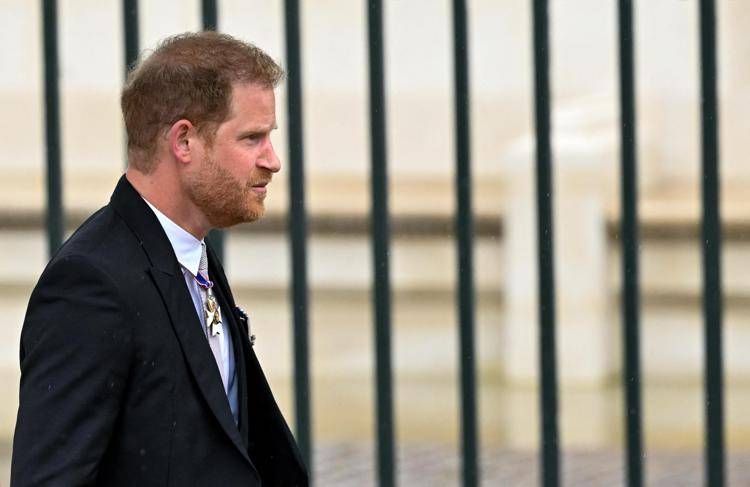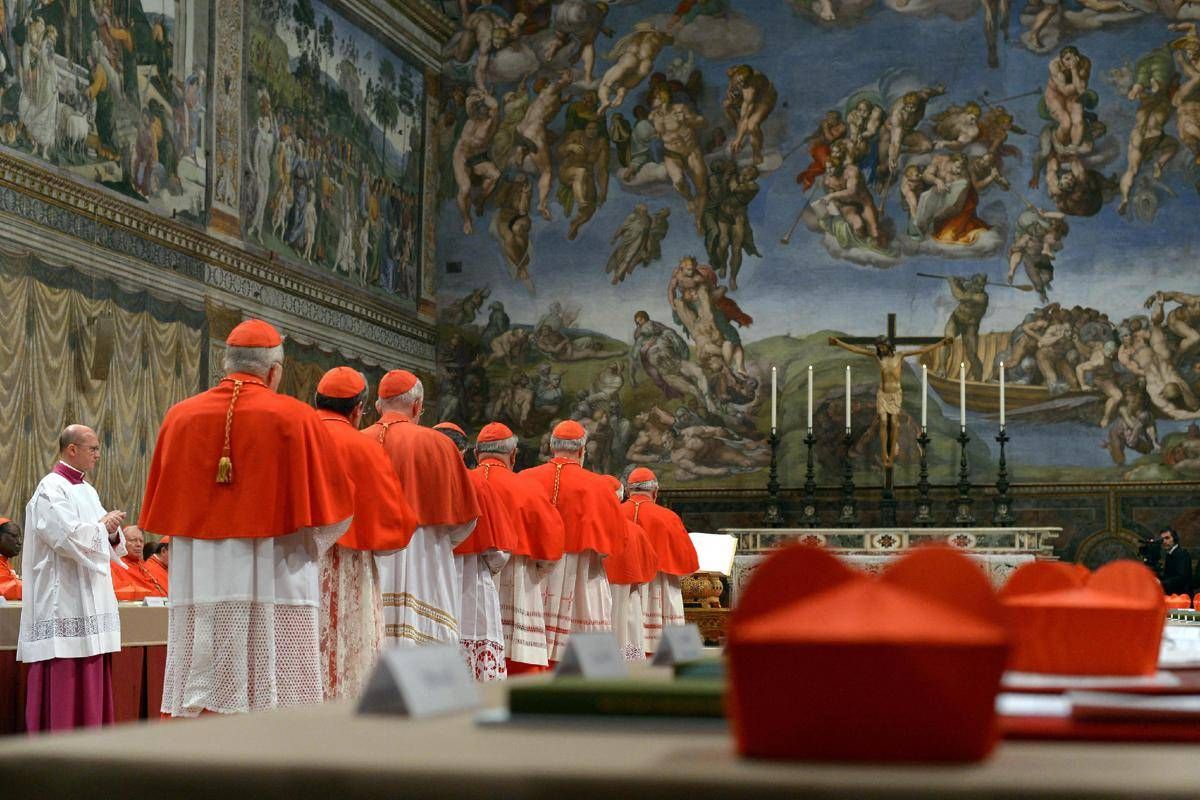
Conclave 2025, two visions compared for the future of the Church
Conclave opens May 7: Between synodality and restoration, the direction of the post-Francisco Church is at stake
On Tuesday, May 7, 2025, the conclave to elect Pope Francis’ successor will open. It will not only be a change of leadership, but a crucial passage for the direction of the Catholic Church in the coming decades. In fact, two distinct and to some extent irreconcilable visions are facing each other: on the one hand, cardinals trained and appointed in Francis’ reforming horizon; on the other, a more traditionalist component aiming at a “restoration” in line with the pontificate of John Paul II and Benedict XVI.
The weight of Francis’ pontificate
Pope Francis has profoundly transformed the Roman Curia and revived synodality as a method of ecclesial governance and discernment. Assisted by a council of cardinals from all continents (including Italian Pietro Parolin, secretary of state), he has promoted a Church that is more inclusive, attentive to the peripheries, and more open to dialogue on moral and social issues.
One of the main instruments of this pontificate has been the Synod, whose structure has been revitalized and entrusted to Maltese Cardinal Mario Grech. It is precisely the commitment on synodality that will be the deepest fault line of the conclave: to advance, to stop or to reverse the path started is the crucial question.
Reforms or doctrine: two models of the Church
The Sacred College is divided between those who want to continue along this participatory line and those who fear that such openings will jeopardize doctrine. Reformist positions have been openly expressed: Cardinal Jean-Claude Hollerich has said he is in favor of discussing women’s ordination and same-sex unions; Reinhard Marx advocates reviewing compulsory celibacy and expanding the role of women. Philippine Bishop Pablo Virgilio Siongco David defended Francis’ support for civil unions, while Brazilian Jaime Spengler criticized exaggerated moralism and called for a more welcoming Church.
In the face of these positions, voices are being raised by those who fear a departure from orthodoxy. German Cardinal Gerhard Müller has warned of a possible schism should a “liberal” pope be elected. U.S. Raymond Burke presented dubia on doctrinal points, and Mexico’s Juan Sandoval Íñiguez expressed strong unease toward the synodal path.
Balances and strategies among the 133 electors
There will be 133 cardinal electors, the majority of them appointed by Francis. However, a two-thirds qualified majority is required to elect the new pontiff. In this scenario, mediations and convergences will be crucial. Among the most cited names among the papabili is that of Pietro Parolin, a figure of balance, considered capable of dialogue with both currents.
The conclave of 2025 thus presents itself as a junction not only spiritual but also political. The new pope will inherit a Church in profound change, and his election will represent a precise answer to the question: synodality or restoration?
THE LATEST NEWS
(Photo: © AndKronos)
-
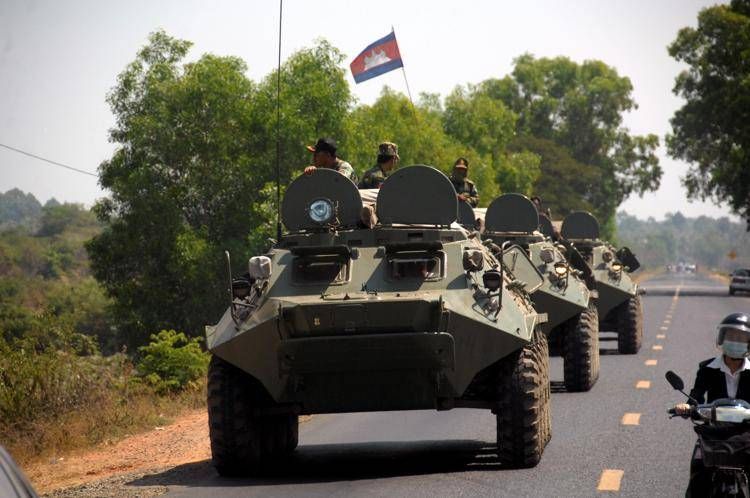
 In Evidenza24 ore ago
In Evidenza24 ore agoEscalation militare tra Thailandia e Cambogia non si ferma nonostante Trump
-

 Meteo22 ore ago
Meteo22 ore agoSole nel weekend, poi peggioramento e neve in arrivo sull’Italia dal 16 dicembre
-
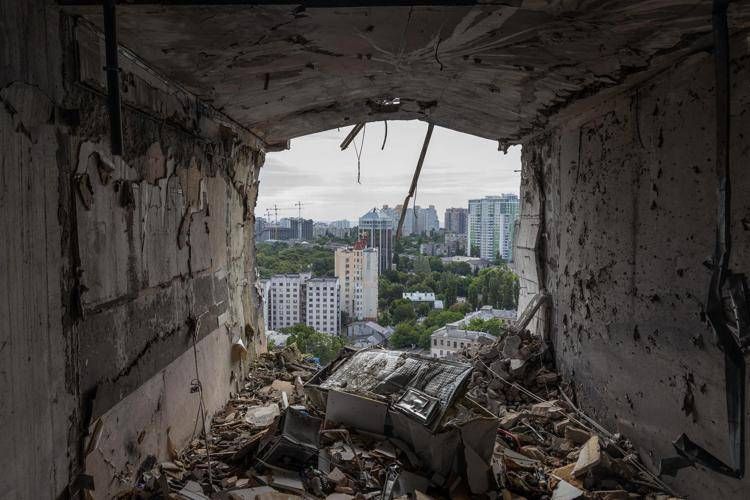
 In Evidenza21 ore ago
In Evidenza21 ore agoRaid russi su Odessa: blackout e attacchi. Ucraina riconquista parte di Kupiansk
-

 Flash22 ore ago
Flash22 ore agoDonna salvata grazie al Gps: arrestato il sequestratore a Gambolò


